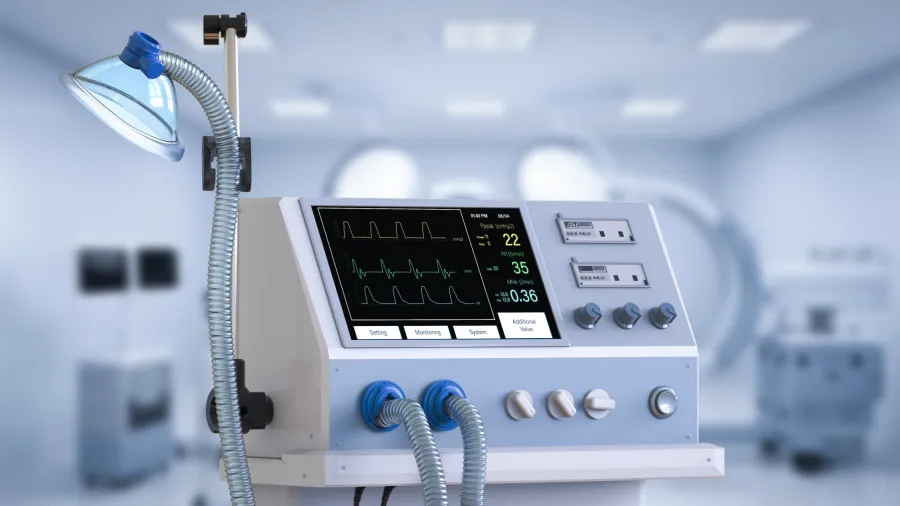
Singapore–Malaysia medtech pilot seen luring more regional investment
Participation would still hinge on market opportunity and product demand.
Singapore’s plan to speed up medical device approvals through a pilot programme with Malaysia could draw more medtech firms seeking a regional base, according to analysts.
The initiative, which runs through 28 February 2026, allows Singapore’s Health Sciences Authority and Malaysia’s Medical Device Authority to rely on each other’s assessments for moderate- to high-risk devices, covering Classes B, C and D.
They both seek to cut review times by 50% for devices already cleared in Singapore and by 30% for those approved first in Malaysia.
“If the time-saving targets are achieved, regulators will have a strong case for continuation,” Rohit Anand, director of research and analysis for medical devices at GlobalData Plc, told Singapore Business Review.
Review times under Singapore’s full-evaluation route stretch up to 160 working days for Class B devices, 220 for Class C and as long as 310 for Class D.
Peter Lidell, principal adviser and head of healthcare and life sciences at KPMG International Ltd. in Singapore, said the pilot is likely to attract more capital from venture funds, private-equity firms and corporate investors searching for high-growth opportunities in medtech.
He added that the city-state could see greater investment in digital health infrastructure and medtech-specific talent as companies position themselves for faster access to Southeast Asian markets.
Lidell also expects demand for regulatory technology to rise as startups and local enterprises seek digital tools to navigate cross-border pathways.
“We may also observe the emergence of regulatory technology solutions as startups and local enterprises seek out digital platforms and services to navigate new pathways more efficiently,” he said in an emailed reply to questions
Anand said companies should prepare coordinated submissions for regulators and maintain a single documentation to enter the two markets with fewer added requirements.
Demonstrating that reliance can work without compromising safety would strengthen the case for extending the scheme, he said.
Still, participation will hinge on commercial considerations. “A company’s decision to enter Singapore depends on the market opportunity, demand for the product, and whether the pilot makes expansion worthwhile,” Anand said in an email.
Local manufacturing decisions in the Asia-Pacific region also factor in labour, demand, and trade costs, he pointed out.
The programme may help reduce uncertainty in an ASEAN (Association of Southeast Asian Nations) regulatory landscape that investors often describe as fragmented.
“Instead of being in wave three, Singapore might move into wave two of a global product launch,” Stephen Sunderland, lead for health and life sciences in Southeast Asia at L.E.K. Consulting LLP, said via Zoom.
Singapore produced more than S$15.6b worth of medtech products in 2021, according to the Economic Development Board, which sees the Asia-Pacific medtech market reaching S$293.2b by 2030.
Sunderland said the pilot could pave the way for broader cooperation with countries such as Vietnam and Indonesia, potentially achieving as much as 95% of the benefit of wider regional alignment. Hospitals and patients could also gain from shorter approval windows, which may pull forward procurement cycles.
Still, the pilot’s relatively short duration may limit uptake, he said, noting that companies typically plan regulatory and launch strategies in three- to five-year cycles.
“Six months is pretty short in regulatory circles,” Sunderland said. “It might not actually get as much usage since firms take some time to shift their regulatory strategies.”









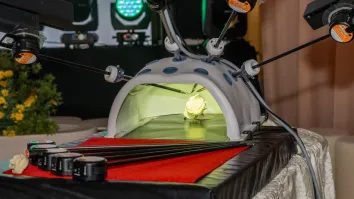

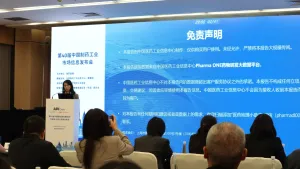
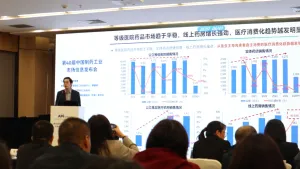
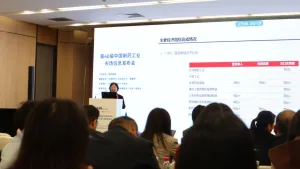



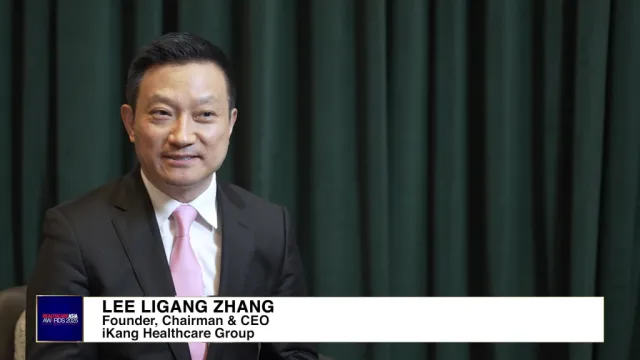

 Advertise
Advertise








